Bug Bites Bottom Feeder Granules (S-M), 45 g (1.6 oz)
₹499.00
Insects are hunted by fish in the wild as they offer a widely available food source. The instinctive feeding habit is the foundation behind Bug Bites, which are formulated with nutrient-rich insect larvae and enriched with multiple quality proteins, vitamins, minerals and trace elements.
- This formula incorporates a healthy mix of animal proteins, vegetables and fiber, which is ideal for all types of plecos and ancistrus.
- Contains up to 40%, nutrient-rich Black Soldier Fly Larvae (#1 ingredient).
- High in multiple proteins (i.e. Whole Salmon – rich in Omega 3 and 6 for healthy skin, scales and fins)
- Fiber-rich to mimic a bottom feeder’s natural diet
- Fortified with essential vitamins, amino acids and minerals for a balanced daily diet
- Easily digestible
- Naturally palatable – a taste fish crave
- Sinking granule format (1.4-2.0 MM) – ideal for bottom feeders
- Sustainably processed in small batches for quality control and maximum freshness
- No artifical fillers, colors or perservatives
- Made in Canada
SPACS
Ingredients: Black soldier fly larvae, salmon, wheat, green peas, potato, dicalcium phosphate, alfalfa nutrient concentrate, calcium carbonate, DL-methionine, lecithin, choline chloride, L-lysine, vitamin E supplement, biotin, niacin, calcium L-ascorbyl-2-monophosphate, marigold extract, zinc oxide, manganous oxide, D-calcium pantothenate, vitamin B12 supplement, beta-carotene, rosemary extract, riboflavin, copper sulfate, pyridoxine hydrochloride, thiamine mononitrate, inositol, folic acid, vitamin A supplement, calcium iodate, sodium selenite, vitamin D3 supplement.
Guaranteed Analysis: Crude protein (%) (min) 32.0, Crude fat (%) (min) 12.0, Crude fiber (%) (max) 6.0, Moisture (%) (max) 10.0, Ash (%) (max) 9.0, Calcium (%) (min) 1.50%, Phosphorus (%) (min) 0.80%, Vitamin A (IU/kg) (min) 2,500, Vitamin D3 (IU/kg) (min) 2,400,Vitamin E (IU/kg) (min) 75.
Feeding Instructions: Feed as much as fish can eat in two minutes, two or three times daily.
Storage Instructions: After opening, store in a cool dry place. See back of pack for best before date.
FAQs

How often and when should I feed my fish?
What feeding tips can you offer to new hobbyists?
What foods can I feed my betta?
We recommend feeding Bug Bites Betta formula as a staple daily diet, but it is beneficial to vary your betta’s diet with frozen shrimp, glassworms, and bloodworms, as well as color enhancing flakes. Fluval Color Enhancing Flakes include 25% krill, an excellent palatability enhancer that also dramatically improves fish colors.
I just opened my container of fish food, for best value to my fish, how long is it good for?
For optimal nutritional value a container of fish food should be consumed by your fish within a period of 6 months. During this time it is best to keep it in a cool dry location.
My new can of unopened fish food that is slightly past the best before date. Should I throw it out?
A few vitamins may be less present after the best before date, but you can still safely use the food for another two months or so. We recommend feeding within the expiry date to ensure maximum freshness and nutritional value.
Why aren’t my fish eating pellets as intently as the flakes I used to feed them?
You can expect to wait a few days to a couple of weeks until some fish consume pellets with the same vigor as they did when fed flakes. Like most animals, a change in food format may require an adjustment period.
Does Fluval offer sinking tablets for bottom feeding fish?
Although there is no tablet format, Fluval offers sinking pellets and sticks that are available in various sizes. By feeding a few pellets instead of a single, larger tablet, you can achieve a better distribution of food throughout the aquarium, making it more available to all your fish.
What ingredient(s) in Fluval’s Color Enhancing formula actually help enhance fish colors?
Fluval Color Enhancing formula includes a high concentration of krill, which is highly palatable and a natural color-enhancer for fish.
My fish seem to be hungry shortly after feeding them. Should I add more food?
No. Feed active species a little less per meal and add feeding periods thoughout the day – 3 meals a day is recommended. Additionally, observe the stomachs of your fish – slightly curved bellies are ideal.
My young child ate your fish food. Is this dangerous?
Fluval fish foods are not meant for human consumption. Allergic reactions to various ingredients are a potential risk for any food, human grade or not. While they are generally safe, we strongly recommend storing your fish food out of the reach of any young children, and contacting your local health professional for further guidance.
I just bought bug bites shrimp formula, I noticed there is copper in the ingredients list, is this not toxic to shrimp?
Copper is a necessary trace element that should be included in crustaceans’ diets, as it is required in the biological metabolic processes that occur when the animals shed their exoskeletons as they grow.
Beyond this, micro-elements or trace minerals such as chromium, cobalt, copper, iodine, iron, manganese, molybdenum, selenium and zinc, are required in small quantities and participate in a wide variety of biochemical processes . They are involved in cellular metabolism, formation of skeletal structures, maintenance of colloidal systems, regulation of acid-base equilibrium, immunity enhancement, stress release, disease resistance and other physiological functions. They are important components of hormones and enzymes, and serve as cofactors and/or activators of a variety of enzymes.
I just opened my container of fish food. For best value to my fish, how long is it good for?
For optimal nutritional value, a container of fish food should be consumed by your fish within a period of 6 months. During this time, it is best to keep it in a cool, dry location.
Why do you recommend feeding fish without using your fingers?
Using the bottle cap method to feed fish will help control portions and prevent overfeeding. Your fingers should not come into contact with the food, as they can potentially contaminate it with the bacteria, oils, creams, etc. often found on our hands.
What are the advantages of feeding sticks / pellets / granules / micro granules to my fish?
Sticks do not disintegrate rapidly and as such do not pollute the aquarium. They can be broken into smaller pieces and offered to small and large fish alike. The sinking formulations are ideal for bottom feeding and nocturnal species, whereas the floating formulations are ideal for ambush predators.
Pellets, granules and micro granules are available in floating, slow sinking, and sinking formulations, and as such are suitable for a wide variety of feeding habits. They possess high nutritional densities as a result of the extrusion process, and as such are ideal for fish with high metabolisms. Additionally, they are most compatible with automatic feeders.
What foods can I feed my betta?
We recommend feeding Bug Bites Betta formula as a staple daily diet, but it is beneficial to vary your betta’s diet with frozen shrimp, glassworms, and bloodworms, as well as color enhancing formulas. Fluval Color Enhancing formulas include 25% krill, an excellent palatability enhancer that also dramatically improves fish colors.
Is the salmon included in Bug Bites farmed or wild caught?
The salmon used in Bug Bites is farmed and has received MSC (Marine Stewardship Council) certification.
Why is spirulina beneficial to the skin, scales and fins of fish?
Spirulina provides a rich source of mucoproteins which enhance a fish’s protective mucous layer, which benefits their skin, scales and fins. Furthermore, this can help prevent disease and gives the fish a glossier, healthier appearance.

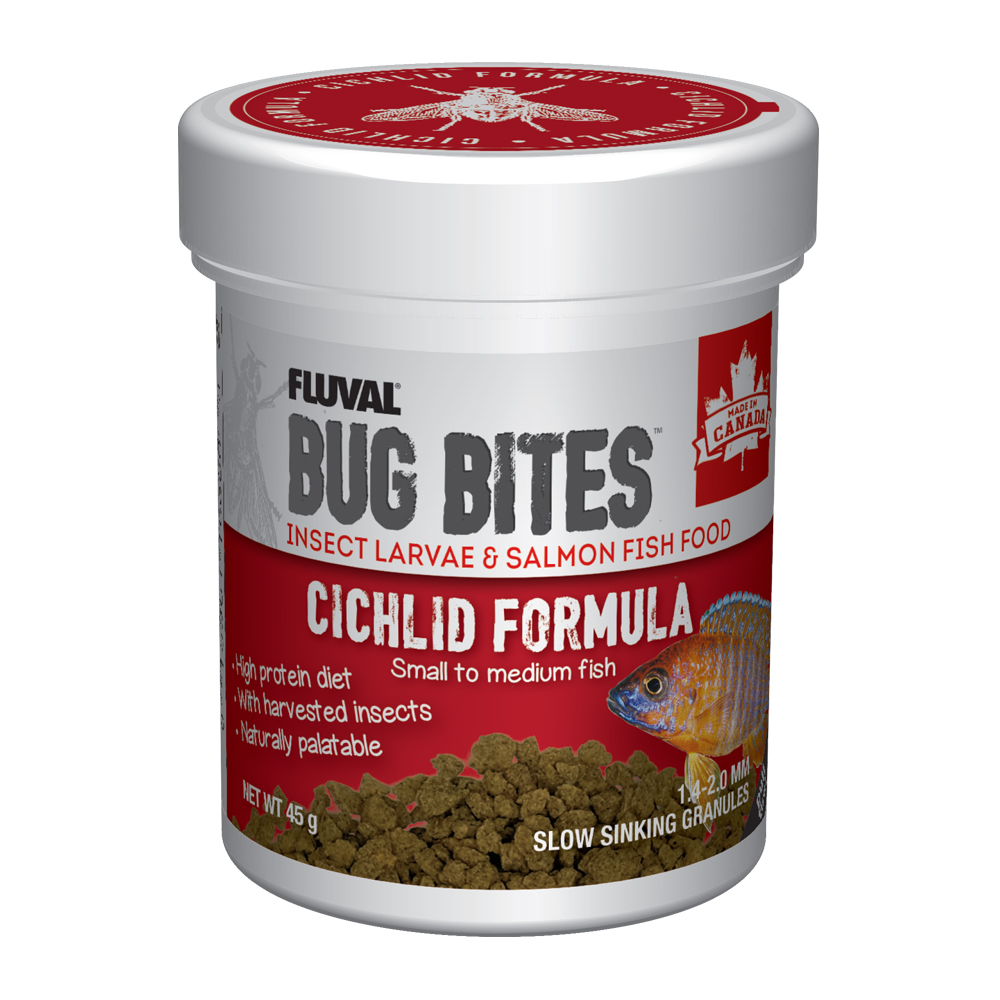

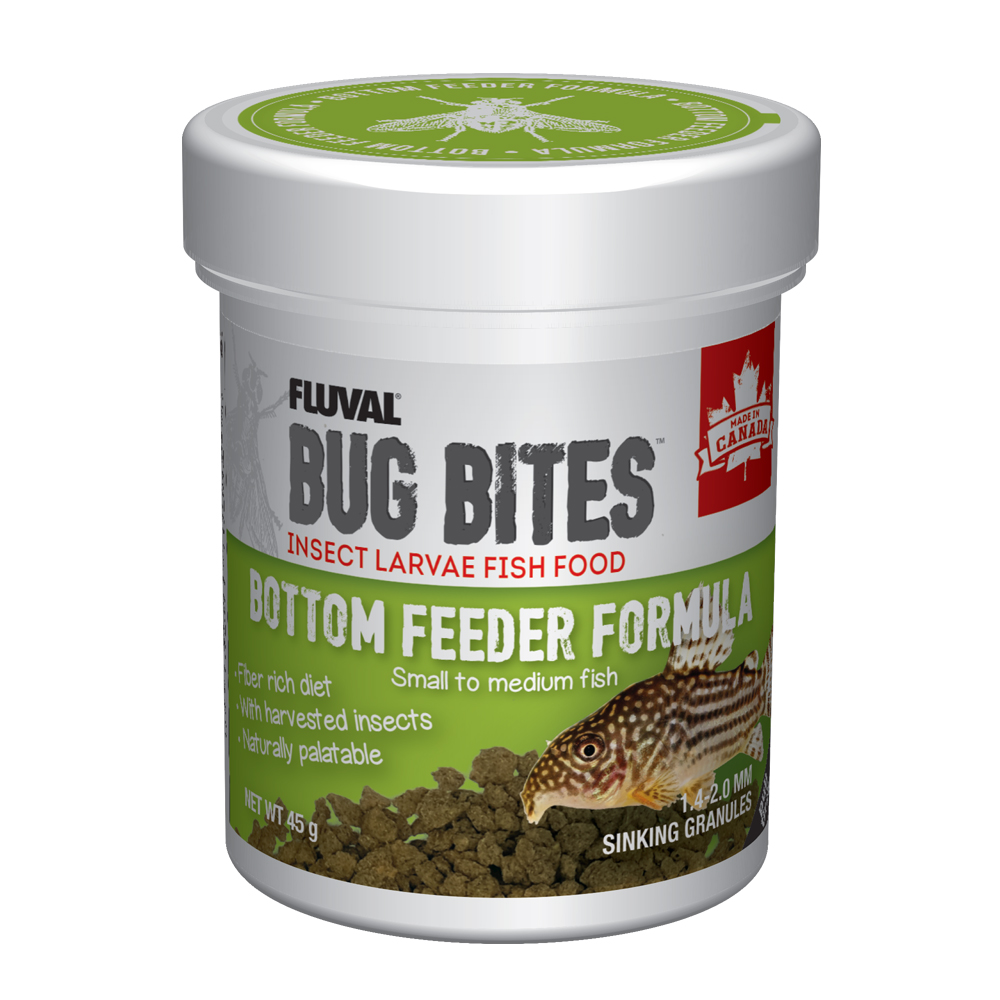

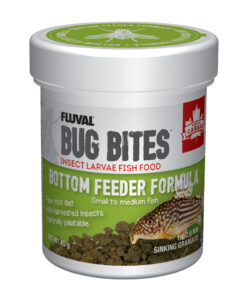
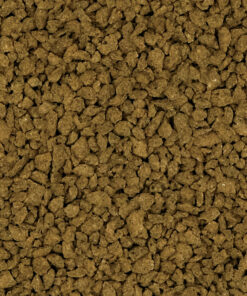
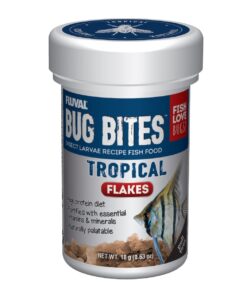
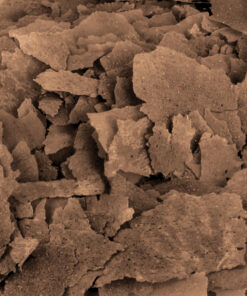
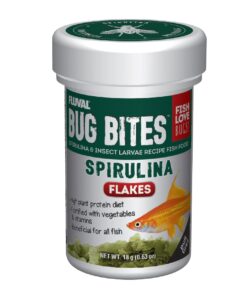
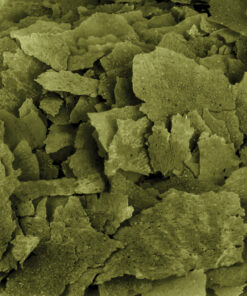
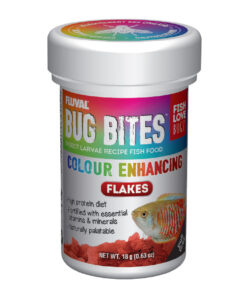
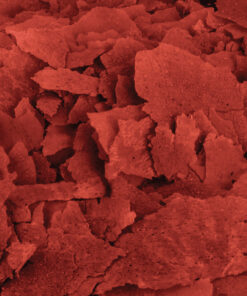
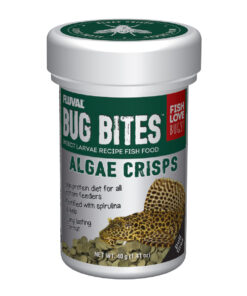
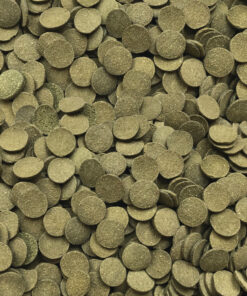
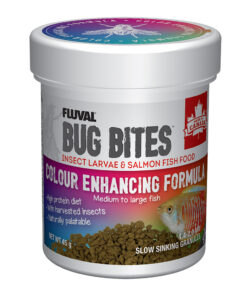
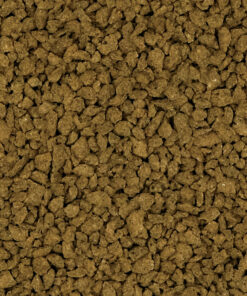
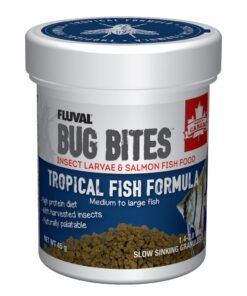
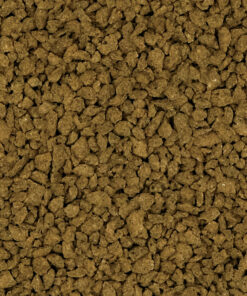
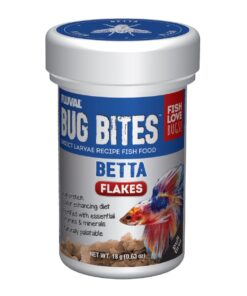

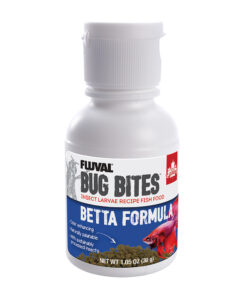
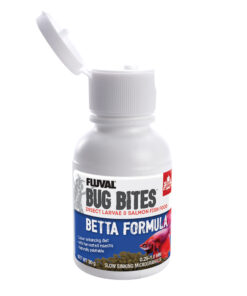
Reviews
There are no reviews yet.